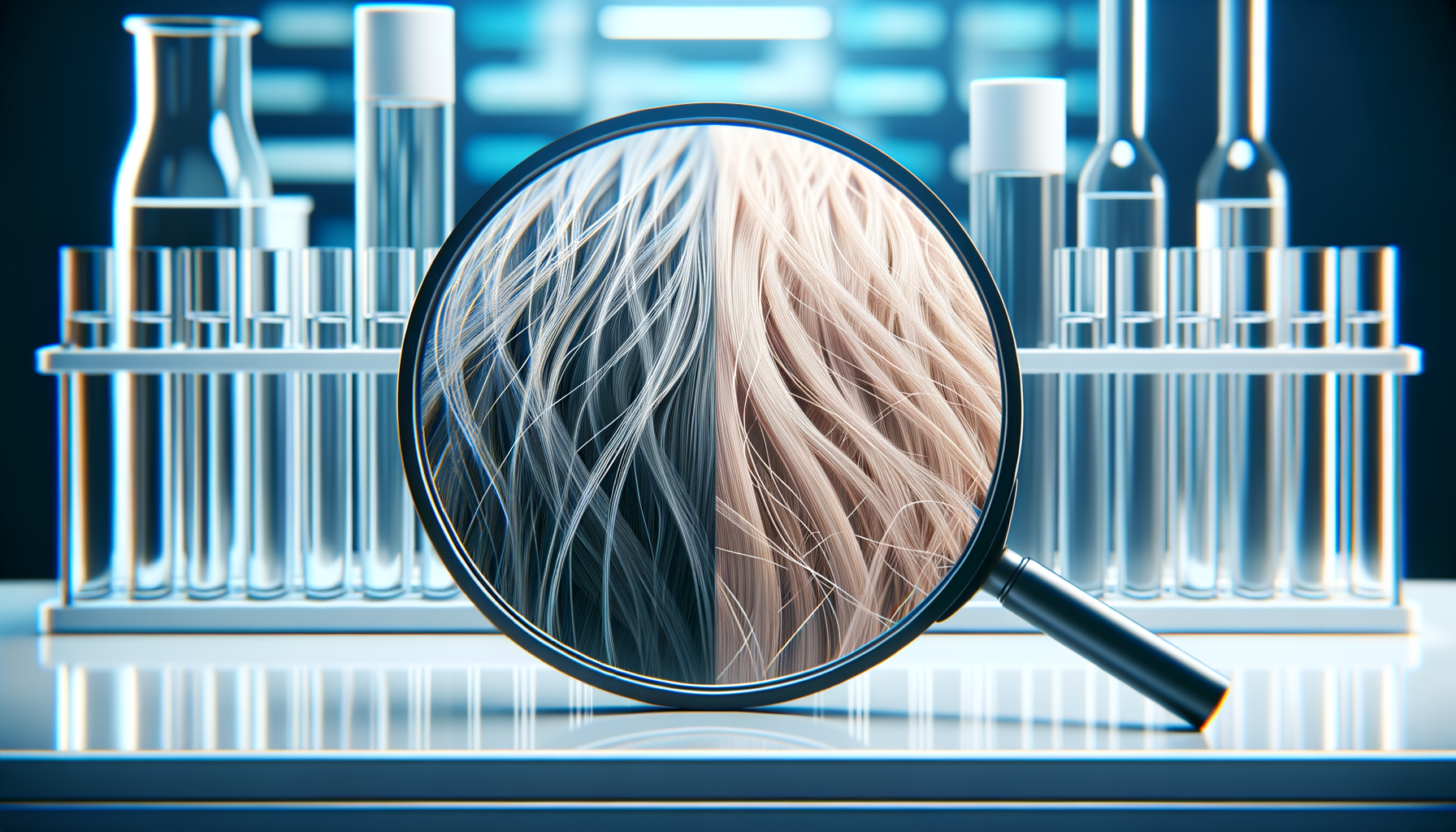Understanding Hair Loss: Causes and Types
Hair loss, a concern affecting millions worldwide, can be a distressing experience. Understanding its causes and types is crucial for addressing it effectively. Hair loss occurs when the balance between hair growth and shedding is disrupted. This can be due to various reasons, including genetics, hormonal changes, medical conditions, or environmental factors.
One prevalent cause is androgenetic alopecia, a hereditary condition affecting both men and women. It leads to gradual thinning of hair, often starting at the temples and crown. Hormonal changes, particularly during pregnancy, menopause, or due to thyroid issues, can also trigger hair loss. In addition, medical conditions like alopecia areata, an autoimmune disorder, cause patchy hair loss.
Environmental factors, such as stress, poor diet, or exposure to harsh chemicals, can further exacerbate the problem. Understanding these causes helps in identifying the type of hair loss, which can range from temporary shedding to permanent baldness. Recognizing the signs early and consulting a healthcare professional can aid in managing the condition effectively.
Diet and Nutrition: Fueling Hair Growth
Nutrition plays a pivotal role in maintaining healthy hair. A balanced diet rich in essential nutrients can promote hair growth and prevent hair loss. Proteins, being the building blocks of hair, are vital. Foods like lean meats, fish, eggs, and legumes provide the necessary proteins for hair strength and growth.
Vitamins and minerals are equally important. Vitamin A supports the production of sebum, an oily substance that moisturizes the scalp. Carrots, sweet potatoes, and spinach are excellent sources. Vitamin C enhances iron absorption, crucial for hair health, and is abundant in citrus fruits and berries. Iron deficiency can lead to anemia, a common cause of hair loss.
Omega-3 fatty acids, found in fish like salmon and mackerel, nourish the hair follicles and promote growth. Zinc, present in nuts and seeds, is essential for hair tissue growth and repair. Incorporating these nutrients into your diet can create a conducive environment for hair growth and reduce the risk of hair loss.
Hair Care Routines: Protecting Your Locks
Adopting a suitable hair care routine is crucial for preventing hair loss. Gentle handling of hair, especially when wet, can prevent breakage. Using a wide-toothed comb minimizes damage. Regular washing with a mild shampoo keeps the scalp clean and prevents clogged follicles, which can hinder growth.
Conditioning is essential for maintaining moisture and preventing dryness. Opt for conditioners suited to your hair type. Avoid excessive heat styling, as it can weaken hair strands. If heat styling is necessary, using a heat protectant spray can minimize damage.
Scalp massages, an often overlooked practice, can stimulate blood circulation and promote hair growth. Regularly trimming the ends of your hair prevents split ends and keeps hair looking healthy. By integrating these practices into your routine, you can protect your hair from damage and reduce the likelihood of hair loss.
Medical Treatments and Interventions
For those experiencing significant hair loss, medical treatments may offer solutions. Topical treatments, like minoxidil, are widely used for promoting hair growth and slowing hair loss. It’s applied directly to the scalp and is available over-the-counter. Prescription medications, such as finasteride, are another option, primarily for male pattern baldness.
In more severe cases, surgical interventions like hair transplants may be considered. This involves moving hair follicles from a part of the body to the thinning or balding areas. Laser therapy is another treatment that stimulates hair follicles and promotes growth. Consulting with a dermatologist or a hair specialist can help determine the most suitable treatment based on the individual’s condition and needs.
It’s important to have realistic expectations and understand that results can vary. While these treatments can be effective, they may not work for everyone, and it may take several months to see noticeable improvements.
Lifestyle Changes and Stress Management
Stress is a significant factor that can contribute to hair loss. Managing stress through lifestyle changes can help mitigate its effects. Regular physical activity, such as yoga or jogging, can reduce stress levels and improve overall well-being. Practicing mindfulness and meditation can also aid in stress management.
Adequate sleep is essential for maintaining healthy hair. Lack of sleep can disrupt the body’s natural rhythms and lead to hair loss. Establishing a regular sleep schedule and creating a restful environment can improve sleep quality.
Additionally, avoiding tight hairstyles that pull on the hair can prevent traction alopecia, a type of hair loss caused by tension on the hair. By making these lifestyle adjustments, you can create a healthier environment for hair growth and reduce the risk of stress-related hair loss.




Leave a Reply